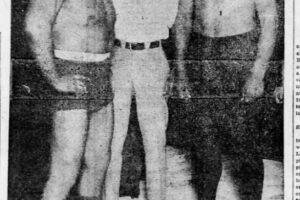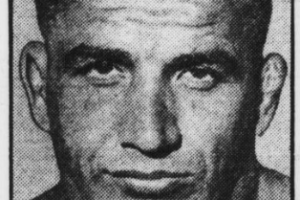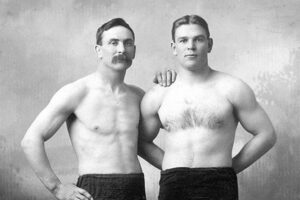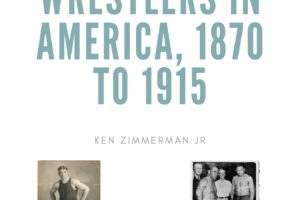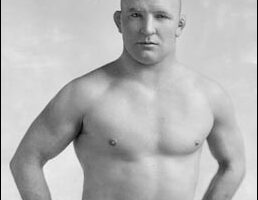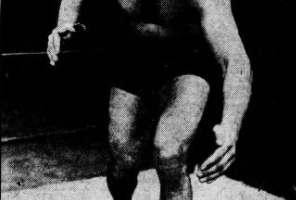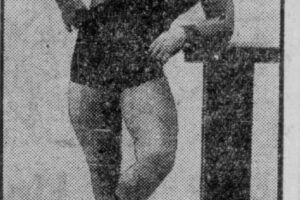Bibby Beats Ross
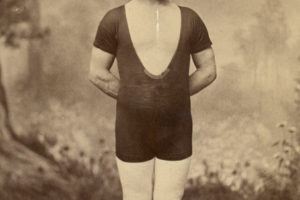
Edwin Bibby and Duncan C. Ross established the first recognized professional wrestling championship in the United States on January 19, 1881. The men wrestled catch-as-catch-can style for the American Heavyweight Wrestling Championship. William Muldoon was the World Heavyweight Champion based on his defeat of Thiebaud Bauer in 1880. Andre Christol brought the World Title to the United States in the
» Read more

